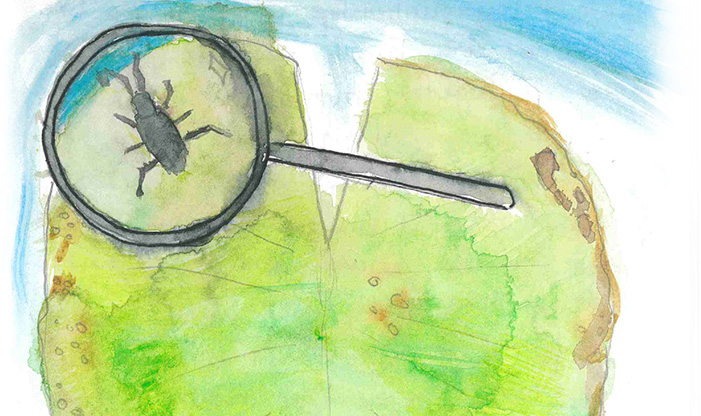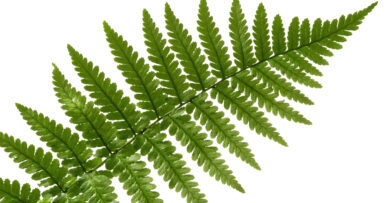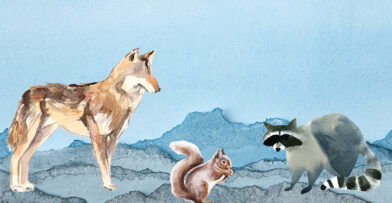The practice of keeping a written or illustrated nature journal has existed since the beginning of recorded history. Many of the great naturalists and scientists we’ve learned from, including Darwin, Leopold, and Thoreau, all practiced nature journaling by recording their observations of the more-than-human world. A personal nature journal can be used as a vault of observation, a record of natural history, an artistic homage to creation, or simply a notebook to jot down thoughts that arise when outdoors.
Journaling to Stimulate Creative and Scientific Thinking
This journaling provides an outlet for observing and remembering what you experience in nature. The observation required for nature journaling goes beyond simply seeing, delving into a deeper appreciation of small details often overlooked. Journaling requires us to slow down and practice mindfulness, all while stimulating our creative and scientific thinking skills. It can be a shared family activity, enjoyed by all ages and abilities. It can also be a much-needed respite from the stress of technology and has even shown benefits to neurological plasticity and cognitive health.
Beginning a nature journal does not require any prerequisites in creative writing or artistic skill. There are no rules to what goes into a nature journal, and developing a practice is as individual as the person taking their journey. Some choose a more scientific approach, recording dates, times, and locations of new observations. Others choose to write down musings, thoughts, or questions that pop into their brain when observing nature, organizing their words and drawings as a cloud of imaginative curiosity on the page. Nature journaling is a skill that only improves with practice and patience.
Writing and Drawing in Your Nature Journal
Nature journaling can take place anywhere nature exists. It can be as simple as writing down observations and illustrating plants in a backyard or neighborhood. By adding a date to the observations, each page of the journal becomes a data mine in phenology – the study of seasons and when nature phenomena occur during the year.
You may begin with a small unlined journal and a pencil. To focus on illustrations, add a set of colored pencils or portable watercolor paints and use a notebook with thicker, multimedia paper. Additions to the kit can also include identification guides or a small magnifying glass. If questions arise while journaling, studying guidebooks can help answer them or create more research for later, extending the journey of learning.
Start by becoming more aware of what you are noticing. Focus on what draws your attention and let that be the subject of your first journal entry. Describe or draw what you see and try to include every small detail. As you observe, allow yourself to wonder and your mind to wander, reflecting on your own thoughts and feelings. This will bring a renewed sense of wonder, awe, and curiosity.
Journaling About Intricate Details
Imagine slowly hiking through a forest, giving as much attention to your surroundings as possible. Become aware of every detail – the patterns of bark, the shapes of leaves, the rustling of nearby animal activity. By being mindful and present, a series of connections form with the life around you. You might see a small spiderweb glistening in the sun, nestled between two plant stems. This spiderweb deserves to be memorialized for its beauty, and perhaps a photograph can’t capture all its intricacies. Think about the details, such as the small repeating patterns, or a shriveled oak leaf delicately hanging off the bottom of the web. At the center of the masterpiece may sit the artist in residence – a small spider, no more than a half-inch long, nestled and motionless within its creation. Draw the spider’s likeness in your nature journal, noticing its symmetry and perhaps the patterns of whites and browns dotting the abdomen and legs.
By taking the time to record this web, you have cemented a new connection with nature. In the future, when flipping through the pages of your nature journal, you can relive this moment and the wonder you felt.
A peruse through a nature journal can provide insight into migration patterns, growing seasons, and the effects of climate change on local flora and fauna. It can also provide insight into our own connections within ourselves and the amazing natural world around us. The next time you plan on visiting the Center, or wherever you go to explore nature, consider bringing a journal to record your observations.


